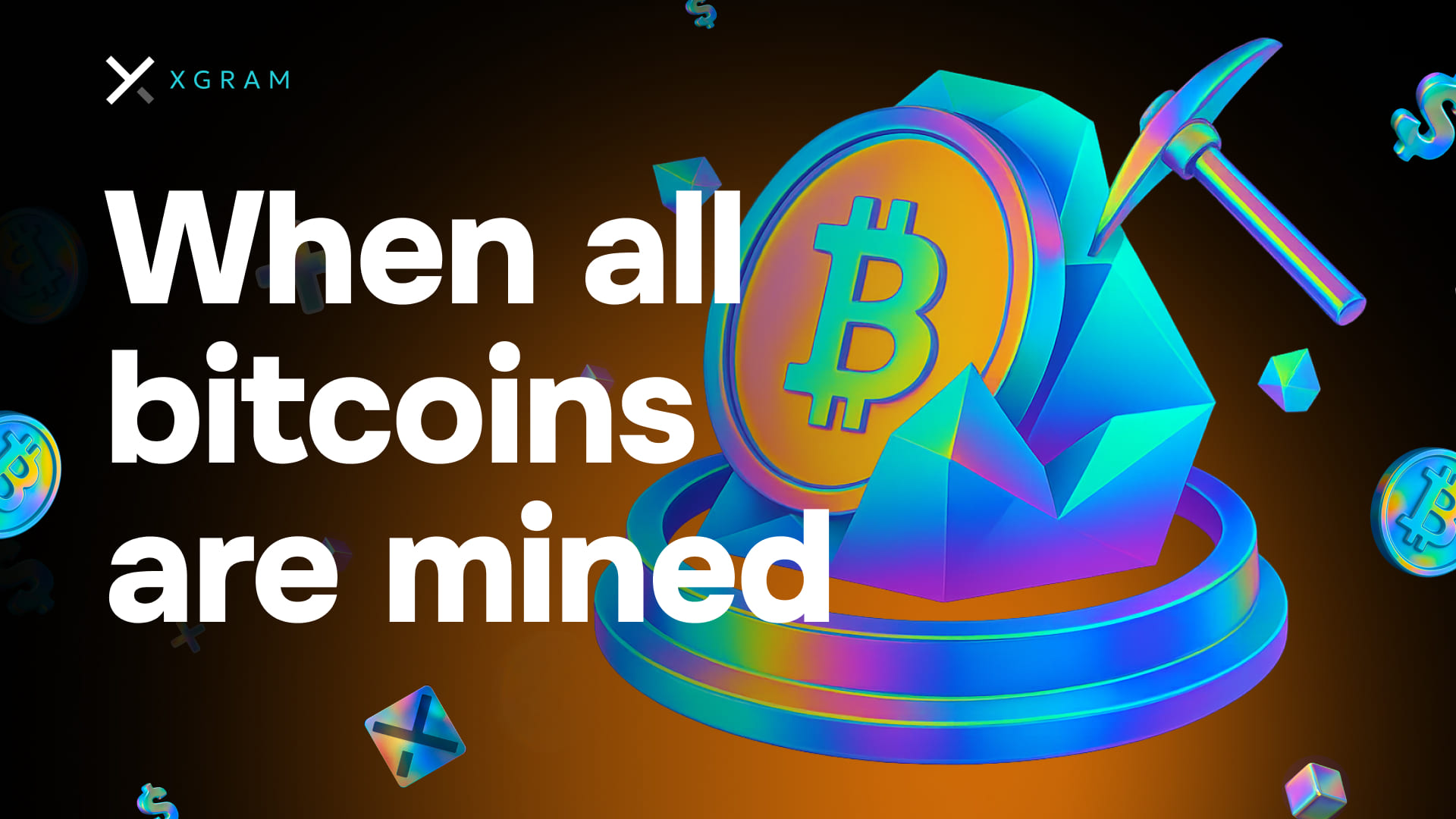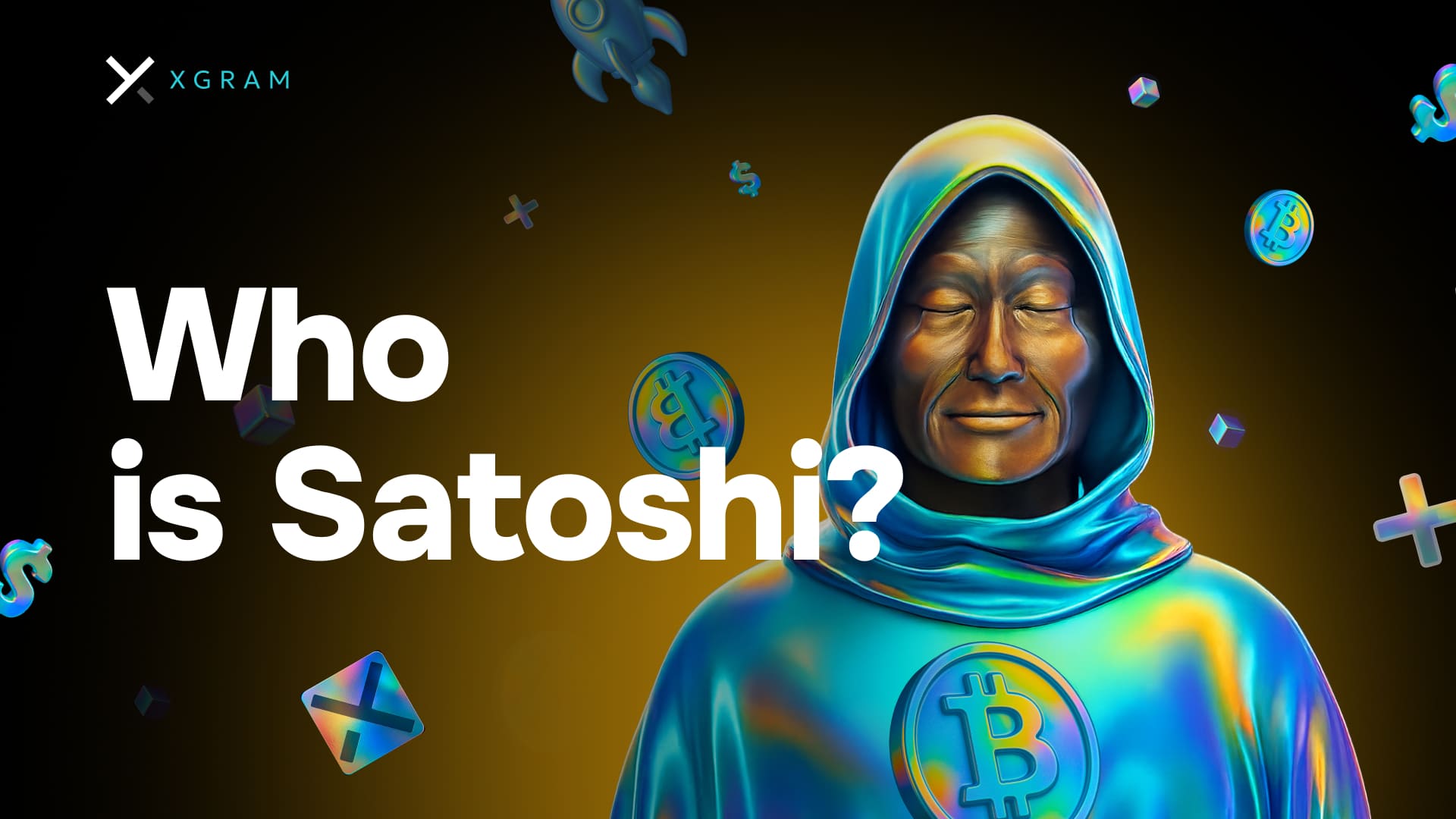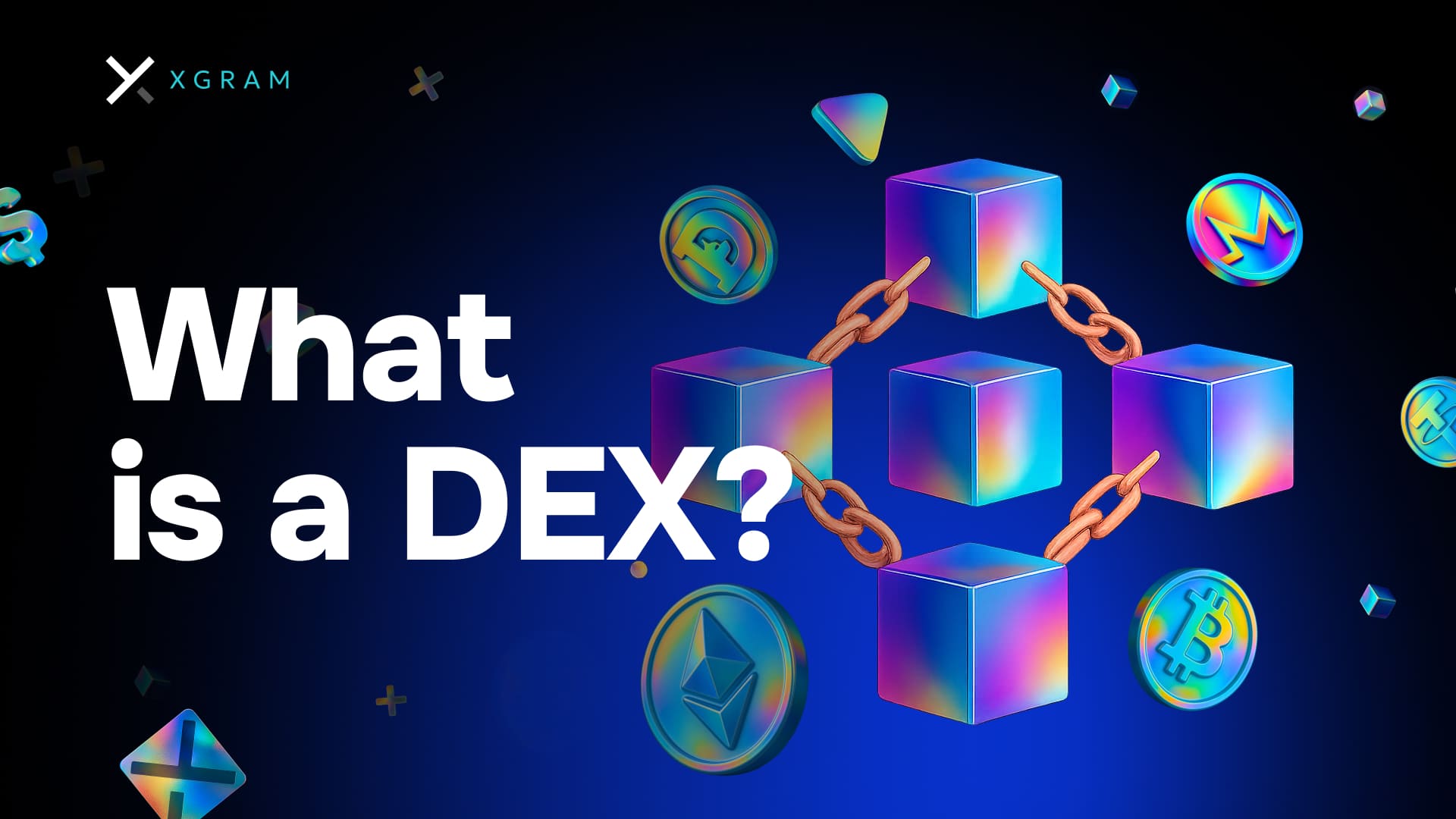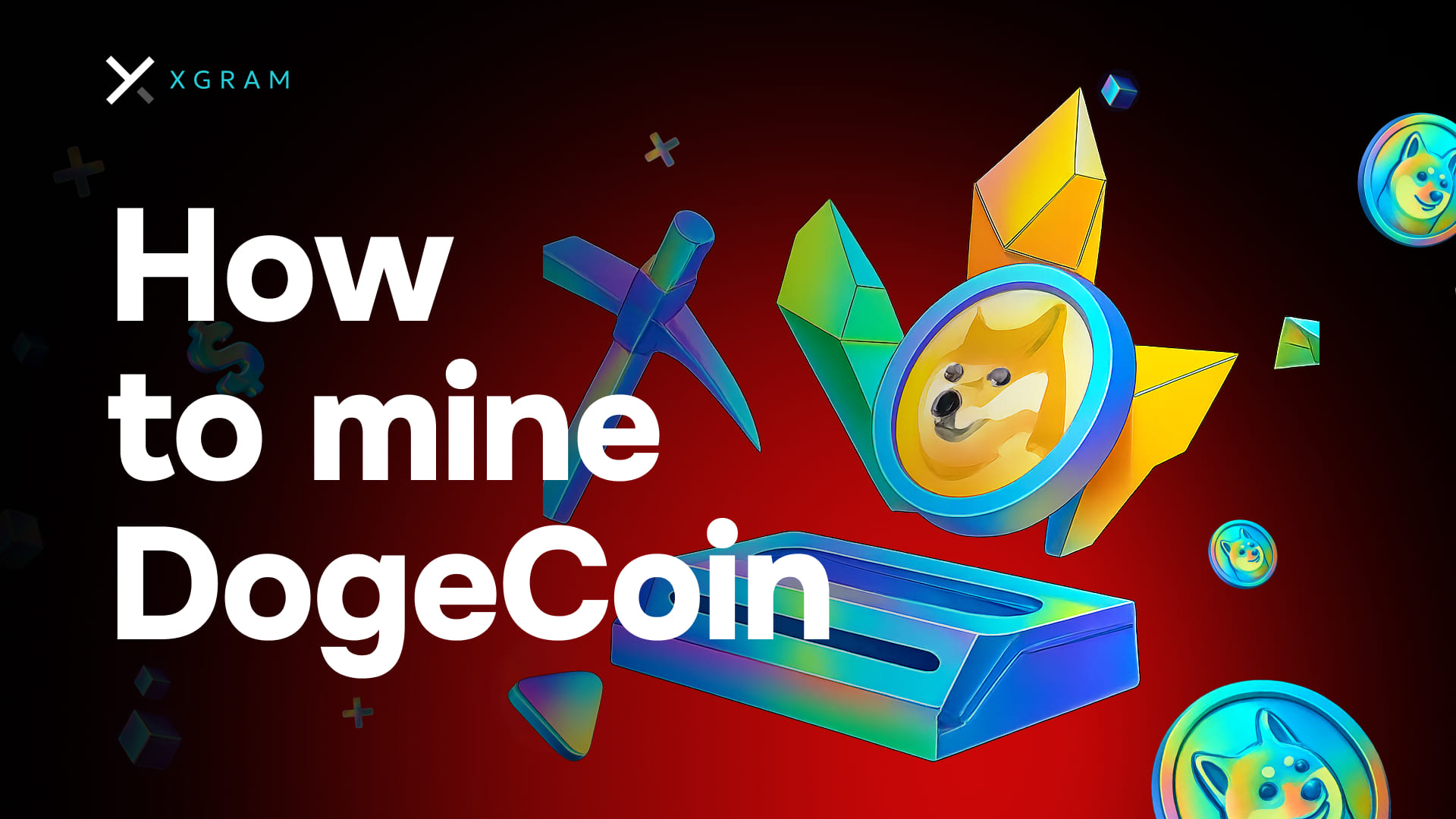Understand Bitcoin mining fundamentals
Bitcoin mining involves using specialized computers (known as mining rigs) to validate transactions and add them to new blocks on the blockchain. Each block requires a complex proof-of-work calculation, which demands both time and electricity. To reward miners for this effort, the Bitcoin protocol pays out a certain number of newly minted BTC (Bitcoins) every time a block is successfully mined, plus transaction fees from users.
Bitcoin’s limited supply
One key feature of Bitcoin is its limited supply of 21 million coins. As of 2025, about 19.5 million BTC are already in circulation, meaning over 90 % of them have been mined. A protocol-based mechanism, known as halving, slows the release of new coins by cutting the block reward by half roughly every four years. Originally, the reward was 50 BTC per block, but today it sits at a much lower number due to multiple halvings. This intentional scarcity has been compared to gold, which also has a finite supply.
Halving cycles’ impact on rewards
Halving is intended to control inflation within Bitcoin’s ecosystem. At first, halving might feel drastic because the reward suddenly drops. Yet the price of Bitcoin has historically tended to rise (though not guaranteed) over months or years, reflecting that the newly minted supply is reduced. Each halving also helps maintain Bitcoin’s narrative as “digital gold” by enforcing its scarcity. As time goes on, you should expect the block reward to dwindle to a fraction of a single BTC per block, leading up to the point where no coins remain to be mined.
See what happens when all are mined
You might wonder what happens when all Bitcoins are mined—will miners just walk away? Will the network grind to a halt without fresh BTC block rewards? In fact, Bitcoin’s design includes an alternative incentive: transaction fees. Here’s how it works in practice:
- Each time a Bitcoin transaction is broadcast, you—the sender—may add a fee to persuade miners to prioritize your transaction.
- After the final BTC is mined, miners should still compete to validate transactions because they will earn these fees.
- As transaction volume scales, and if the Bitcoin network remains valuable, fees could provide sufficient compensation for miners.
Zero block reward, but not zero earnings
The block reward has two components: newly minted BTC and transaction fees. Eventually, newly minted BTC will phase out, but transaction fees remain. Economists and crypto enthusiasts debate whether fees alone will be enough to sustain the network. Some predict that as Bitcoin demand grows, fees will become adequate to reward miners. Others worry about declining miner participation if fees don’t keep pace with operational costs. For now, you can think of it as a long-term feedback loop: if Bitcoin remains popular, users are likely to pay competitive transaction fees, and miners will continue to secure the network.
Expected timeline
The last Bitcoin won’t be mined until sometime around 2140, based on existing projections and the current halving schedule. Realistically, you won’t wake up one day and see the mining ecosystem vanish. Instead, the block reward will become minuscule over many decades. Each halving reduces the newly minted BTC ineffably close to zero, but not exactly zero until that final coin is unearthed. By then, transaction fees should be the main economic driver for miners.
Explore the next security layer
Once there are no new coins to be mined, how does Bitcoin’s security hold up? The answer hinges on network participation, particularly from miners. The more hash power (combined computational strength) supporting the Bitcoin network, the harder it becomes to attack or manipulate. Let’s examine the security puzzle in more detail:
The role of transaction fees
Mining rigs consume massive amounts of energy. Miners pay for electricity, hardware, cooling, and long-term maintenance. To justify these costs, they need revenue. With no new BTC as a reward, revenue has to come from elsewhere—specifically from your transaction fees. If fees are too low, miners might shut down their operations. If fees are attractive, the mining network stays robust, which keeps you secure against potential double-spend or 51 % attacks.
Potential shifts in user behavior
Transaction fees could rise as block rewards shrink, especially if Bitcoin continues to handle large volumes of on-chain transactions. People might respond by bundling more transactions (using technologies like SegWit or the Lightning Network) or choosing off-chain solutions for smaller transfers. This dynamic isn’t necessarily negative; it could usher in more technological innovation in the broader Bitcoin ecosystem as users and businesses look for cost-effective ways to transact.
Balancing act
For you as a participant, the system needs a careful balance. High fees compensate miners, but if fees spike too much, users might be deterred from transacting on-chain. If fees are too low, miners may lose interest. Historically, Bitcoin’s community and developers have worked to adapt the protocol to changing conditions, such as network congestion or fee volatility. Solutions like Lightning Network or sidechains may provide the throughput needed without making on-chain fees exorbitant.
Consider the future for miners and you
One concern is whether Bitcoin’s scarcity might turn it into a purely speculative asset with minimal transaction usage. From an investor standpoint, limited supply can drive demand, especially if more institutions and individuals adopt BTC as a store of value. Yet a healthy market typically requires liquidity, meaning that people should be able to exchange and use Bitcoin freely.
Miner consolidation or decentralization
As we approach the mining endgame, it’s possible that larger, more industrialized mining operations will dominate. These big players can negotiate favorable energy rates and deploy state-of-the-art equipment to remain profitable on transaction fees alone. On the flip side, smaller miners might still find niche opportunities, particularly if they use cheap renewable power or creatively capture other forms of waste energy. A diverse mining pool remains ideal since it strengthens decentralization.
Why it matters to you
As a user, you benefit most when no single group can control Bitcoin’s hashing power. It ensures more stable transaction confirmations and reduces the risk of censorship on the network. It also means that your transactions are less likely to be at the mercy of a single entity’s price manipulations. Ultimately, a balanced network is important for the long-term health of Bitcoin, especially when the block rewards cease.
Try xgram for token swapping
If you’d like to exchange your Bitcoin for other digital assets—or even swap tokens among various blockchains—you might consider xgram. This platform focuses on making token swaps flexible and user-friendly by offering fast transaction confirmations and a straightforward interface.
xgram supports a broad range of cryptocurrencies, so you can move between BTC, altcoins, and stablecoins according to your portfolio or payment needs. They also prioritize secure transactions by implementing up-to-date security standards. By relying on xgram, you can test out new projects or rebalance your holdings without juggling multiple platforms or complicated processes.
Key takeaways
- Bitcoin will reach its 21-million-coin limit around 2140, gradually reducing the newly minted block reward to zero.
- Miners will rely primarily on transaction fees once all Bitcoins are mined.
- The network’s security depends on sufficient hash power. If transaction fees remain appealing to miners, the system can stay secure.
- You can expect potential technological shifts to handle transaction volumes cost-effectively (e.g., sidechains or Lightning Network).
- Long-term sustainability requires community, developer, and miner collaboration to balance fees, usability, and network security.
Good news, this doesn’t need to be complicated. The Bitcoin protocol is built with adaptability in mind, and you have plenty of options to navigate fee changes or second-layer solutions. Over time, as the final Bitcoins are mined, keep a close eye on how transaction costs and network developments evolve. Simply staying informed can help you make better decisions about your Bitcoin usage or investments.
FAQs
1. Will transaction fees be enough to sustain Bitcoin mining?
They might be, if Bitcoin’s user base and transaction volume remain strong. As the block reward diminishes, fees become the main incentive for miners. There is ongoing debate about how expensive fees could become, but a well-used network generally leads to sufficient fees.
2. Why was 21 million chosen as the max limit?
Bitcoin’s creator, Satoshi Nakamoto, set 21 million as a finite limit to emulate the scarcity of precious metals like gold. This cap underpins Bitcoin’s “digital gold” narrative by resisting inflation and ensuring coins remain limited over time.
3. When exactly will the last Bitcoin be mined?
Projections say around 2140, though it could vary if hash power or block times change drastically. Mining rewards halve every four years or so, gradually pacing the release of new Bitcoins.
4. How could the Lightning Network help?
The Lightning Network allows many transactions to occur off-chain, which reduces congestion and lowers on-chain fees. You can open payment channels for small, frequent payments, and only close the channel when necessary, minimizing your fee expenses.
5. What happens if miners stop mining after the rewards end?
If fees do not attract enough miners, the network’s security could suffer. However, Bitcoin’s design expects transaction fees to rise in importance. If user demand continues, mining should remain profitable, and the blockchain should stay secure.
By understanding these points, you’re better prepared for the day when all Bitcoins are finally mined. It will be a long road to 2140, but your engagement and awareness matter. Whether you hold BTC for the long term, trade tokens on xgram, or pay close attention to how fees evolve, you’ll likely find Bitcoin remains a leading cryptocurrency in the years to come.



